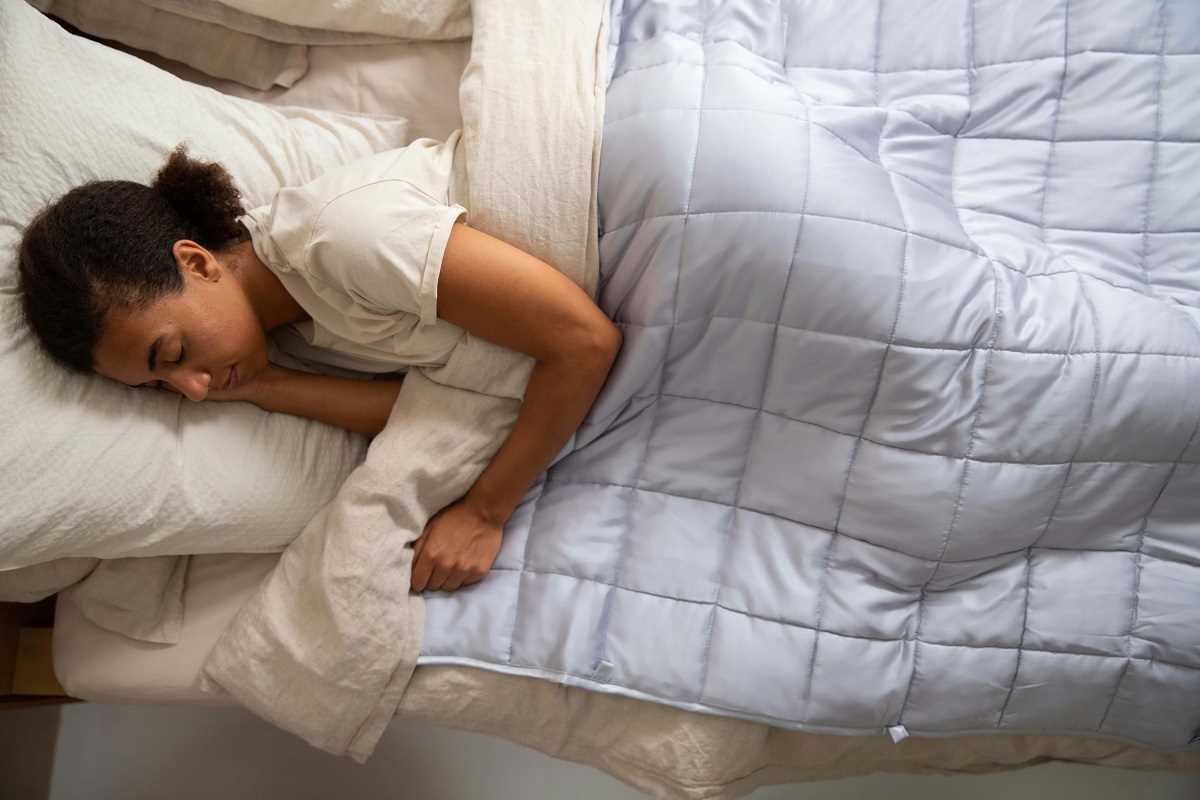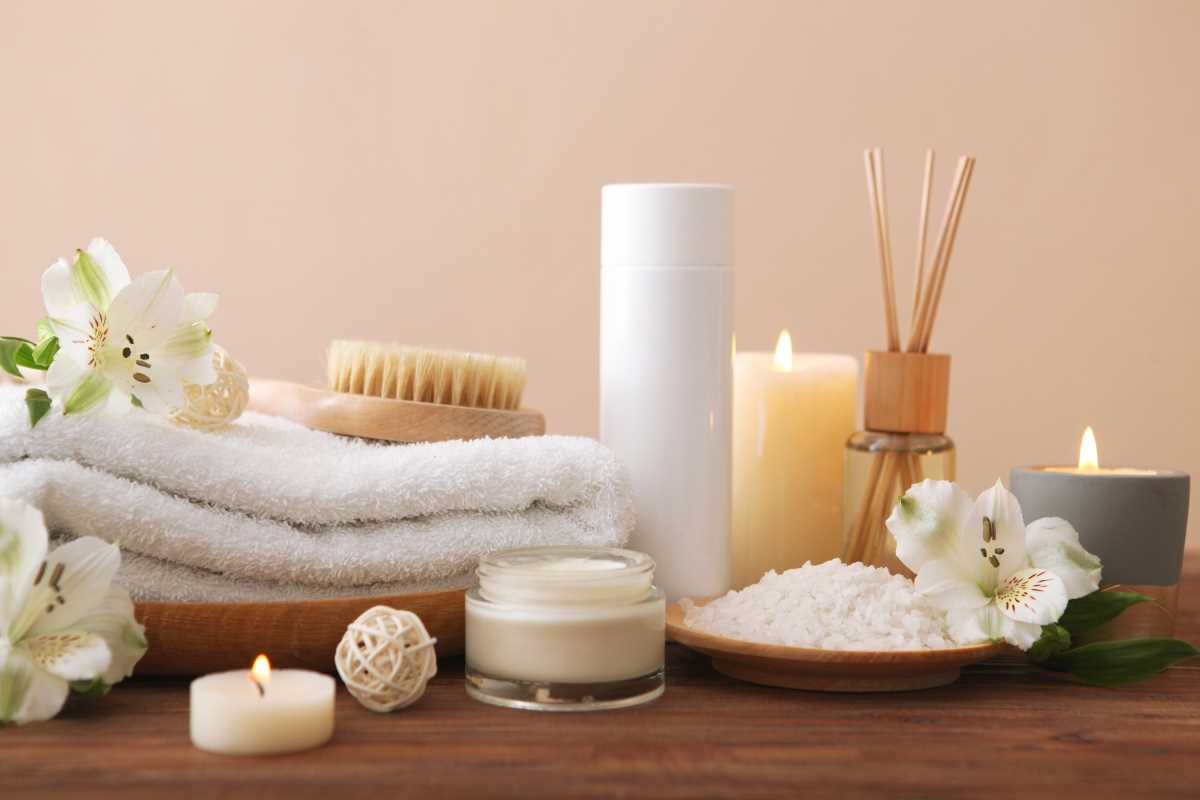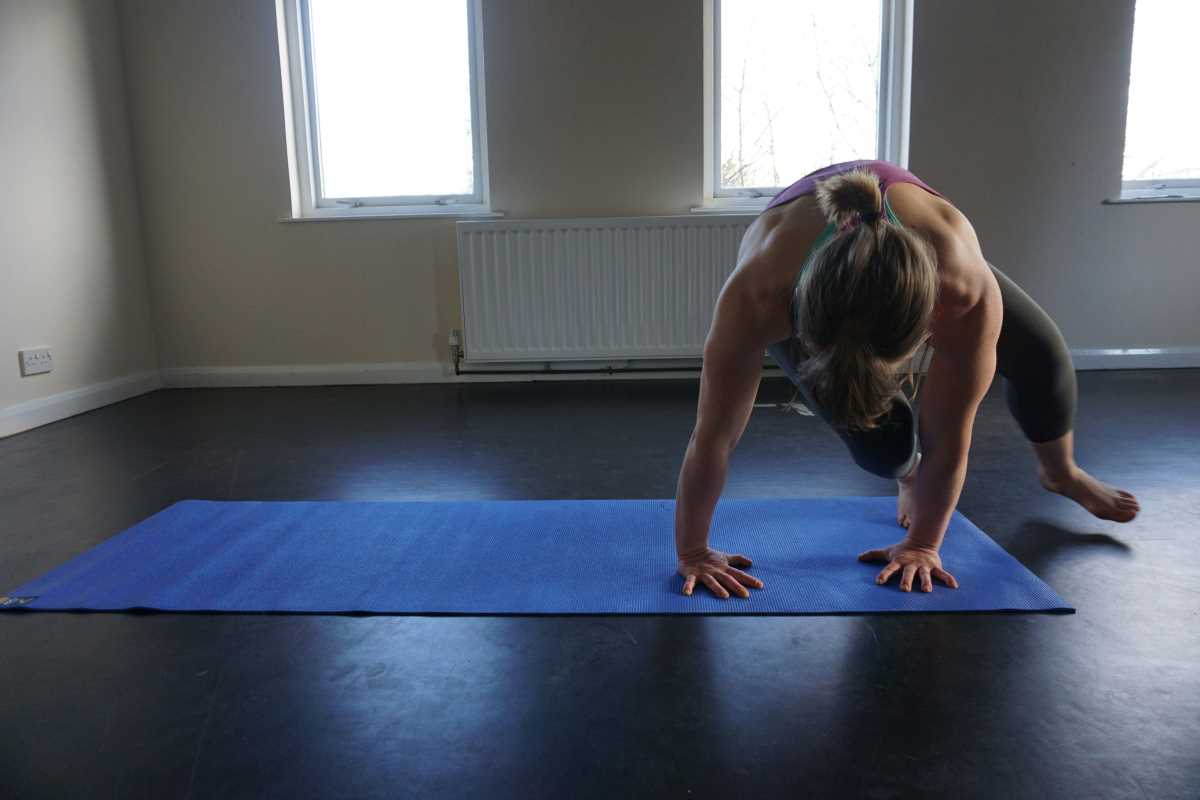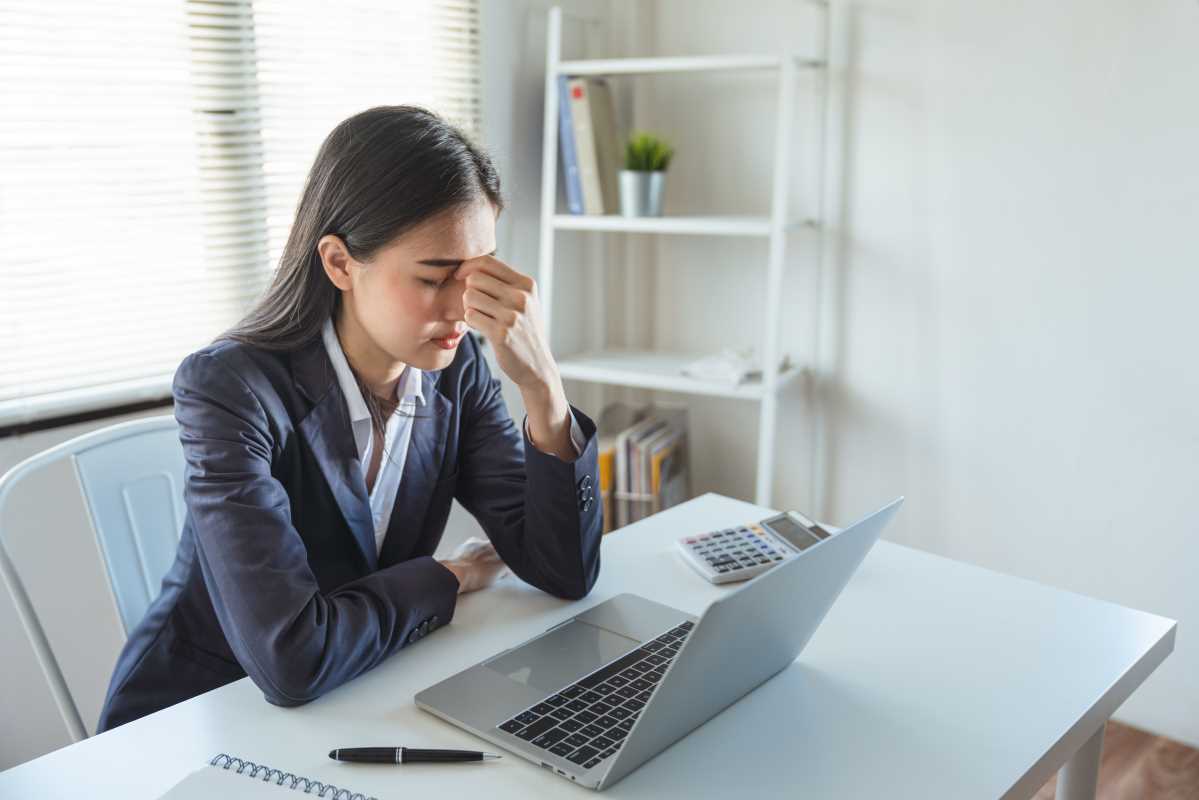More and more people are turning to Pilates as a way to alleviate back pain while avoiding the pitfalls of harsh medications and invasive treatments. With its emphasis on core strength, flexibility, and heightened body awareness, Pilates offers a holistic approach that resonates with those dealing with back discomfort. As you integrate Pilates into your exercise regimen, you open the door to not only easing pain but also improving your overall well-being. This exercise method can significantly elevate your quality of life, providing relief and fostering a sense of empowerment over your own health. Embrace Pilates and discover a path to a more comfortable and active lifestyle.
Pilates targets the muscles that support your spine and emphasizes proper posture and alignment. This holistic approach ensures that you address the root causes of pain instead of just masking it. Whether you deal with occasional back aches or chronic pain, Pilates offers a gentle yet effective path to healing and prevention.
Understanding Pilates and Back Pain
Pilates is a form of low-impact exercise that emphasizes:
- Core Strength: Building the muscles around your abdomen, lower back, and hips to support the spine.
- Flexibility: Enhancing the range of motion in your joints and muscles to reduce stiffness and improve mobility.
- Breathing Techniques: Promoting efficient breathing patterns that help in relaxation and better movement control.
- Body Awareness: Increasing mindfulness of your body's movements and alignment to prevent strain and injury.
- Controlled Movements: Focusing on precision and smooth transitions to ensure safe and effective exercise.
These principles make Pilates highly adaptable for individuals experiencing back pain. By focusing on controlled, precise movements, Pilates strengthens the muscles that support your back, improves posture, and enhances overall body mechanics. This adaptability ensures that even those with varying levels of fitness and back issues can benefit from Pilates.
Adaptive Pilates Routines for Back Pain Relief
- Pelvic Tilts: Lie on your back with knees bent. Gently flatten your lower back against the floor by tilting your pelvis upward. Hold for a few seconds and release. This exercise strengthens the lower back and abdominal muscles.
- Cat-Cow Stretch: Start on your hands and knees. Alternate between arching your back upward (cat) and dipping it downward (cow). This movement increases flexibility in the spine and relieves tension.
- Bird Dog: From a hands and knees position, extend your right arm forward and left leg backward simultaneously. Hold for a few seconds before switching sides. This exercise enhances balance and strengthens the core.
- Bridge Pose: Lie on your back with knees bent and feet flat on the floor. Lift your hips toward the ceiling, squeezing your glutes, and then lower back down. This strengthens the glutes and lower back.
- Child’s Pose: Kneel on the floor, sit back on your heels, and stretch your arms forward on the ground. This pose helps in relaxing the back muscles and alleviating stress.
These adaptive routines can adjust based on your comfort level and specific back issues. Starting with these exercises can help you build a foundation for a stronger, healthier back.
Consult a Professional
Before starting any new exercise regimen, especially if you deal with chronic back pain, consulting with a healthcare professional is crucial. A physical therapist or a certified Pilates instructor can assess your condition and tailor the exercises to meet your individual needs. They can ensure that you perform the movements correctly to maximize benefits and reduce the risk of injury.
Professional guidance also provides the opportunity to learn proper techniques and modifications that can make your Pilates practice both safe and effective. They can help you track your progress and adjust your routines as your strength and flexibility improve.
Exploring Pilates could provide the key to managing your back pain effectively. With its focus on core strength, flexibility, and mindful movement, Pilates offers a sustainable approach to back health that can lead to lasting relief and improved overall well-being.
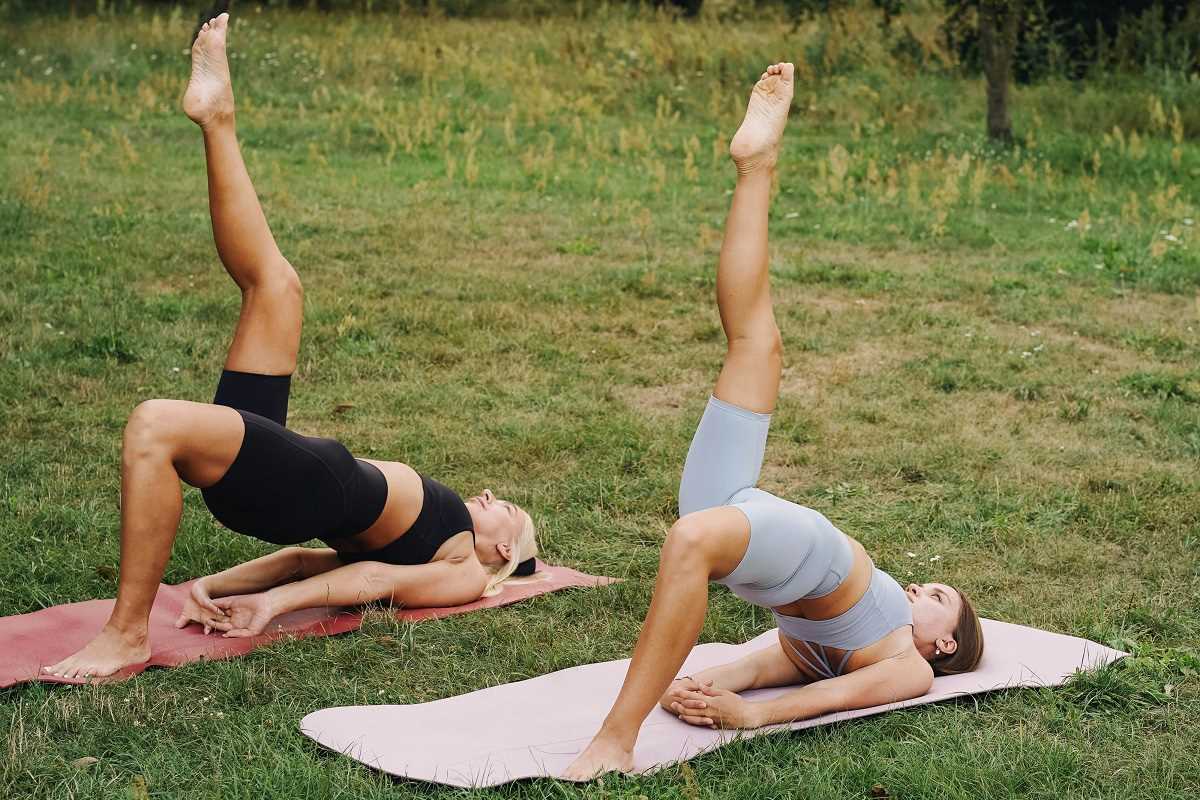 (Image via
(Image via